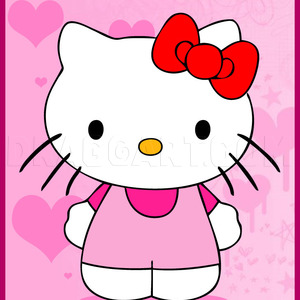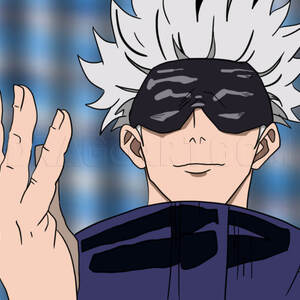1
Now while some might find this lesson boring, I believe it is essential for beginners. The cube is the most basic form one can learn. With it's help one can draw any shape by playing with it's shape. One can elongate or shrink it and draw for example
2
Here we have some examples of how seeing the cube in space can help understanding and drawing better objects. Even a book is formed out of multiple flattened and elongated cubes. Do not forget about perspective, as the lines do not have to be paralle
3
Now the circle is also very important, it may be drawn in various positions so that it can help represent almost any form. From flowers to planets, pottery or basic anatomical shapes the circle will be your best friend:)
4
Let's say you have a circle and you break it in half. With a little shading you already have a simple recipient.
5
Most of us know how important it is to represent the skull before we draw the face so that our character has a realistic shape. Drawing the circle also helps place the hair correctly on the head and besides, how many of us used to draw the face and t
7
When I was younger I used to draw all these vases and none of them seemed to look right. After some time I discovered that all of that has to do with drawing in space. I will try in the next step to explain what this is all about:)
8
You can mold a cylinder so that it can take any shape you desire. A simple cylinder drawn correctly in space can represent a realistic glass with the help of proper shading. In the lower part I wanted to show how different basic shapes can form objec
Comments 0
Details
June 23, 2014
Description: In this tutorial you will find informations of how your drawings may have more volume after applying some basic principles.







































































